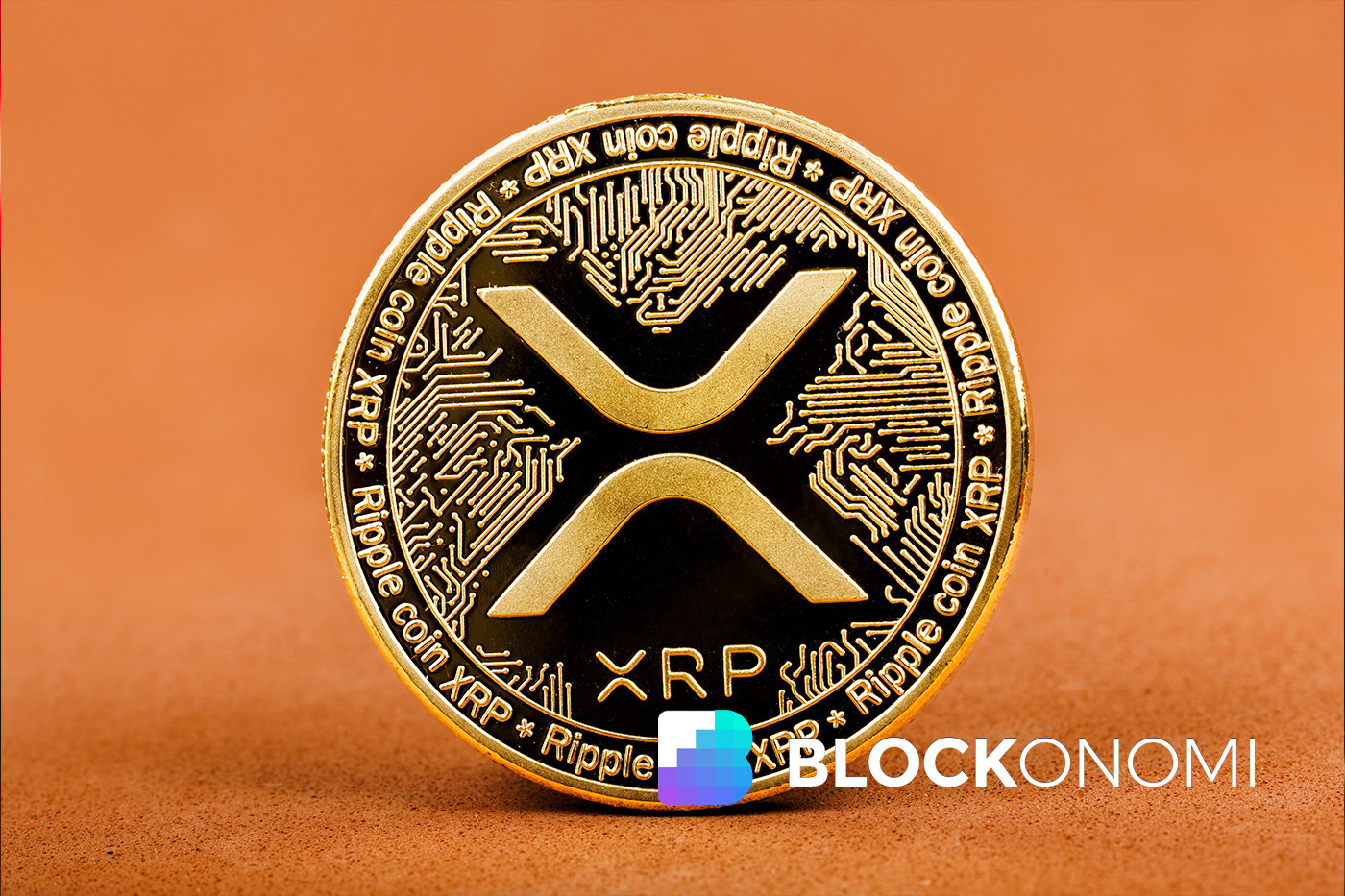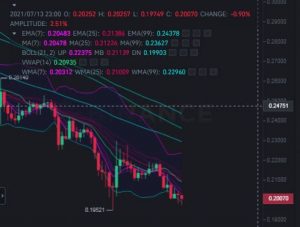XRP Ledger Powers First Biometric Blockchain ID with Genomic Hash Mesh Integration
TLDR:
- DNA Protocol uses XRP to anchor hashed DNA data for real-time biometric identity verification.
- Genomic Hash Mesh validates genome sequences using Merkle proofs and zk-compression.
- BioFi enables KYC, health passports, and DeSci models without exposing raw DNA data.
- Despite innovation, XRP price dips 5.2% as market volatility overshadows long-term potential.
The XRP Ledger has taken a new turn, far beyond digital payments, by integrating biometric identity into its decentralized infrastructure.
A new system from DNA Protocol, called the Genomic Hash Mesh, now secures human DNA as a verifiable, on-chain identity anchor. According to the team, this marks the first time genomic data has been cryptographically verified and recorded in real-time on a blockchain.
The development introduces a novel intersection between blockchain and biomedical data. Consequently, XRP is powering what DNA Protocol refers to as a new frontier: BioFi.
Genomic Hash Mesh Introduces Biometric Consensus
DNA Protocol described the Genomic Hash Mesh as a decentralized network designed to validate DNA-based identities.
Rather than storing sensitive information, the system uses zk-differential compression to hash genome data into a verifiable format. Nodes then confirm these hashed signatures through Merkle-linked attestation, providing trustless identity without centralized databases.
Each node acts as a validator in a live mesh network, processing genomic transitions that confirm lineage, mutations, and sequence integrity. The final result, cryptographic proofs, are immutably committed to the XRP Ledger. This system allows for real-time authentication while keeping raw DNA data off-chain.
XRP is no longer just powering payments — it’s now securing human biology.
DNA Protocol just developed a live Genomic Hash Mesh on the XRP Ledger.
Not a concept. Not a whitepaper.
A working cryptographic system where your DNA becomes a verifiable identity anchor — on-chain.… pic./yqTq84DPlV— Pumpius (@pumpius) June 13, 2025
Why XRP Ledger Was Chosen for BioFi Integration
Pumpius, a crypto commentator who shared details of the launch, noted that XRP’s ledger offers specific advantages.
These include low transaction fees, real-time finality, and consistent global uptime. DNA Protocol leveraged these features to ensure that the Genomic Mesh remains both scalable and clinically viable.
XRP’s deterministic performance makes it suitable for high-integrity data logging, especially in biological applications where accuracy and speed are essential. By using XRP to anchor proofs, DNA Protocol aims to provide a reliable foundation for biometric authentication.
According to the team, the system unlocks new identity-driven use cases such as zero-knowledge health passports, biometric KYC for finance, and borderless genetic insurance.
These applications run without ever revealing raw genomic data to third parties. External systems can verify the proofs on-chain, adding a layer of security to health and identity records.
The project also opens the door for AI and decentralized science (DeSci) models trained on user-consented genomic hashes. Each use case, from clinical trial matching to digital vault access, runs directly through the XRP-anchored mesh.
XRP Price Dips Despite Major Integration
Despite the innovation, XRP’s price has slipped. According to CoinGecko, the token currently trades at $2.14, reflecting a 5.20% daily drop and a 1.81% decline over the past week.

While short-term market activity remains volatile, the long-term implications of BioFi integration may place the XRP Ledger in a new category of utility. This shift reflects a broader trend: the token’s evolving role in digital infrastructure beyond payments, now extending into the future of genomic trust.















Post Comment